Source: First Post
The structure of the human brain is complex, reminiscent of a circuit diagram with countless connections. But what role does this architecture play in the functioning of the brain? To answer this question, researchers at the Max Planck Institute for Human Development in Berlin, in cooperation with colleagues at the Free University of Berlin and University Hospital Freiburg, have for the first time analyzed 1.6 billion connections within the brain simultaneously. They found the highest agreement between structure and information flow in the “default mode network,” which is responsible for inward-focused thinking such as daydreaming.
The neural connections make up different networks. Roughly 20 different networks exist. At any given time during consciousness, one can be operating at once. To wrap my head around the different neural networks which are composed of roughly 1.6 billion neural connections, I decided to compare the 'neural connections' to city blocks. City blocks are arranged to compose different cities. Specifically, I wondered how large the city would be if made up of the equivalent 'connections' to our neural circuitry described in the paper above. The answer to my question is shown below in a brief analysis.
City blocks?
How does one begin to scale up neural connections to city blocks? First a city is needed to compare neural connections too. Since I live in North Los Angeles, I chose Los Angeles city -- Downtown. Shown below is a picture of a section of Downtown Los Angeles -- right in the heart of L.A.:
Source: Google Maps
As you can see the area chosen has a number of city blocks within the square marked by the following streets: Melrose Blvd., Santa Monica Blvd., North Fairfax Blvd, and North La Brea Blvd. To determine the distance around the perimeter of the square, two measurements were made. The first is shown below of one leg of the rectangle along Santa Monica Blvd.
Source: Google Maps
The distance across is equal to 1.0 mile. Next, the distance along with width of the rectangle is shown with a measurement marked below:
Source: Google Maps
The distance of the width of the rectangle along North La Brea Blvd is equal to 0.5 mile. To determine the area of a rectangle, the length (equal to 1.0 mile) is multiplied by the width (equal to 0.5 mile) as shown below:
The result of the calculation indicated that the total area of the rectangle covered by the four streets in Downtown Los Angeles is equal to 0.5 square miles. Next, I needed to determine the number of city blocks within the rectangle. If count them by hand, the number is approximately equal to 64 city blocks in a 0.5 square mile area as shown below:
Next, the number of nodes (or neural connections) needed to be determined. On each city block, there are potentially a maximum of 4 nodes. Although two city blocks next to each other would share two nodes (i.e. neural connections). From the Google Maps image, I counted a total of 79 nodes located within a 0.5 square mile section of Los Angeles as shown below:
If the number of nodes is divided by the square mile listed above, the density of nodes within a square mile will be determined as shown below:
The density of nodes (or density of neural connections) is a 'conversion factor'. This 'conversion factor' allows the scaling up of neural connections to the equivalent city blocks. Remember, according to the article from 'Nautilus,' the total number of neural connections is equal to 1.6 billion neural connections (or nodes) as represented below:
To use the number 1.6 billion in a calculation, the conversion of the written number to the number expressed in scientific notation is needed as shown below:
The number of decimal places is shown at the end of the number. A number shown in scientific notation also indicates the significant figures in the number. Next, to determine the total square area (in miles) of the neural connections (as scaled up from the article), the number of nodes is multiplied by the conversion factor as shown below:
Wow. The calculation revealed that scaling up the total number of neural connections from the article to compare toward city blocks gives a total of 40.5 million square miles. How much land is that equivalent in relation to the land available on Earth? To begin with, how about checking to see, how many land mass area equivalent to the United States would be required to equal 40.5 million square miles. Below is the analysis.
How Many United States?
If we use the United States as a 'metric' - the total land mass in square miles needs to be determined. Asking Google with the following question: How large is the United States in square miles? The answer is shown below:
If the total square miles which are equivalent to the total number of neural connections scaled up are divided by the total land mass of the entire United States (3.797 million square miles), then the answer would indicate the amount equivalent as shown below:
For those readers who are experiencing difficulty visualizing 10.7 landmasses (equivalent in size to the United States of America) pieced together, another metric to cast the large area into are the continents across the Earth. According to an article from 'Thought.Co.' titled "The 7 Continents Ranked by Size and Population," the top 7 continents are listed below with their respective land mass in square miles:
1) Asia: 17,139,445 Square Miles
2) Africa: 11,677,239 Square Miles
3) North America: 9,361,791 Square Miles
4) South America: 6,880,706 Square Miles
5) Antarctica: About 5,500,000 Square Miles
6) Europe: 3,997,929 Square Miles
7) Australia: 2,967,909 Square Miles
Looking at the land mass area of the top 7 continents on Earth, choose a combination that approximates the total square miles of the result above = 40.5 million square miles. The first combination I chose were the following: Asia + Africa + South America + Antarctica = 41.2 million square miles. Try for yourself. Add up and combination to equal 40.5 million square miles. Leave your combination in the comments section below.
Analyses such as those above shed light on the magnitude of numbers (in this case neural connections) reported in the news. That is a large area which represents the enormous amount of neural machinery which each of us holds inside our heads. Wow. What a trip? Right to think of scientists analyzing such a vast array of neural connections to understand how the human brain sends us into 'autopilot' or other brain functional states. The human brain is once again shown to be quite amazing from a simple calculation/analysis.
Related Blog Posts:
How Many Women Are Needed To Form A Chain 400 miles Long?
Parameters: How Much Ice Is Melting In The Antarctic? Enough To Cover Texas?
How many cows are needed to generate 50,000 tons of beef exports?
How many Soy Latte coffee drinks can be made with 135,000 tons of Soybeans?
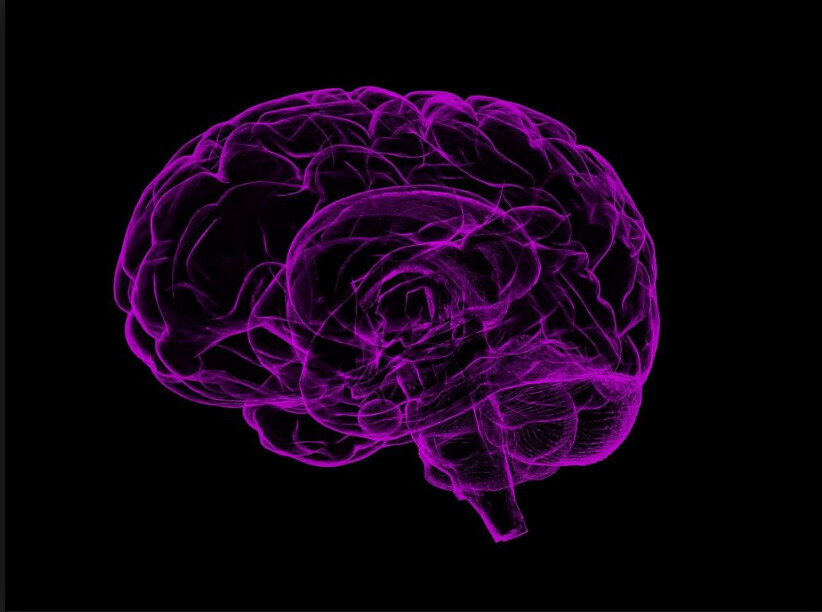
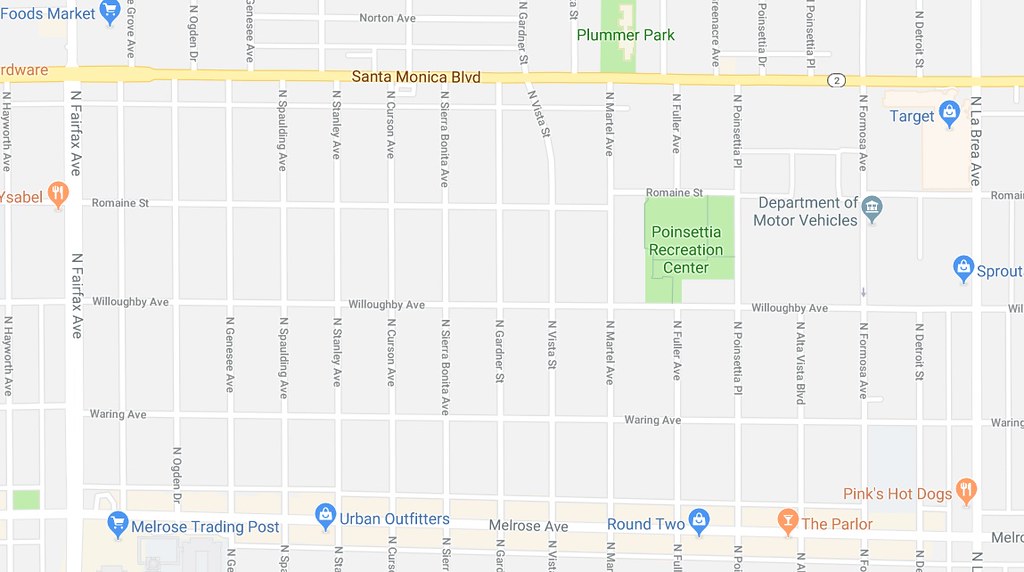
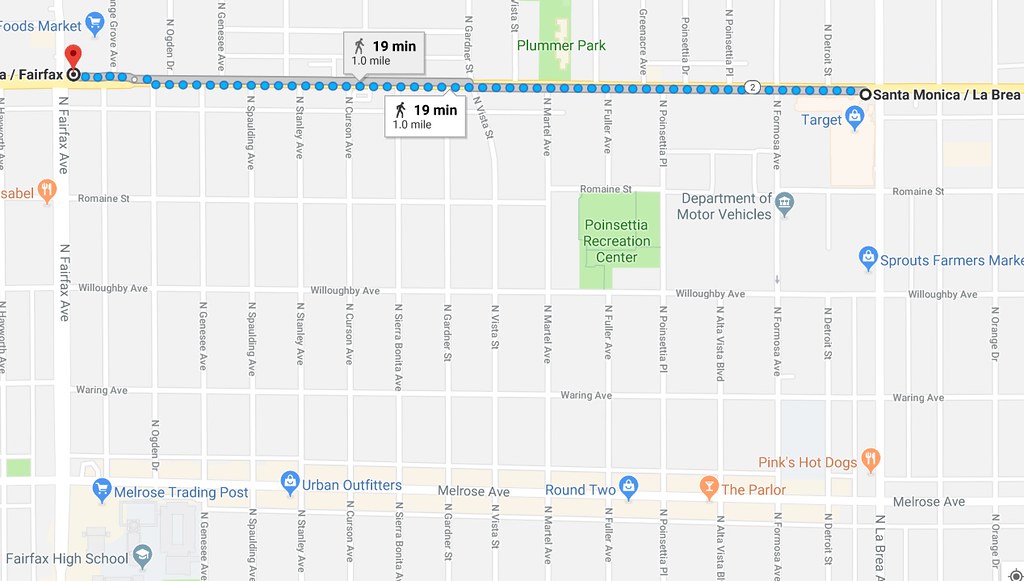
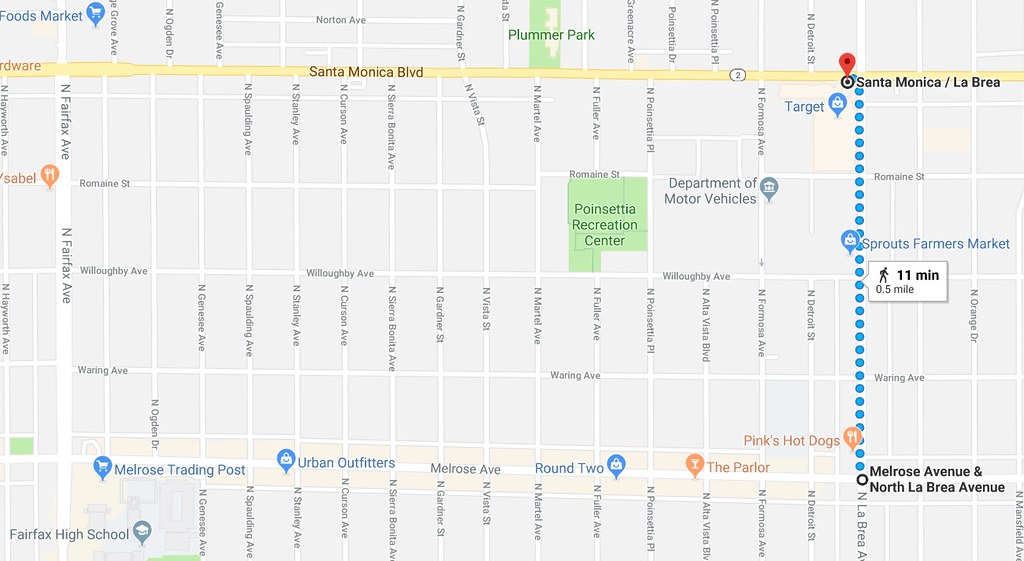







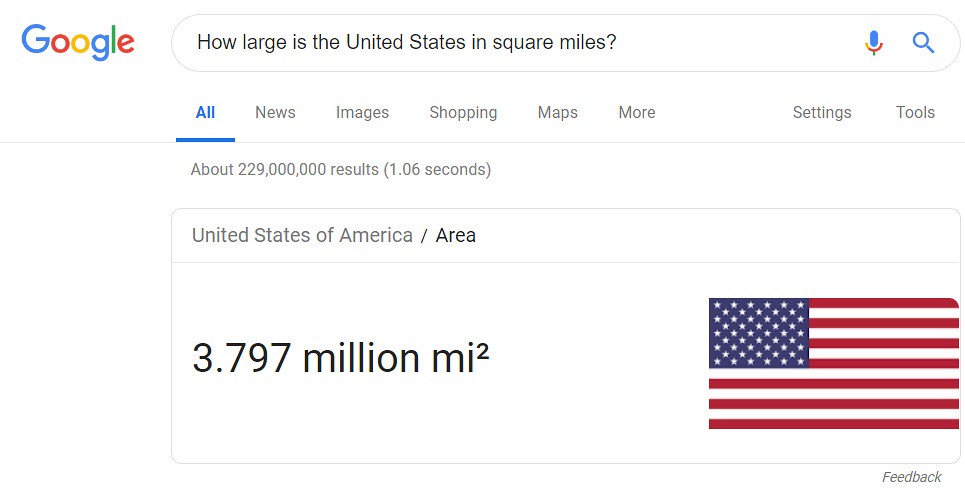

No comments:
Post a Comment